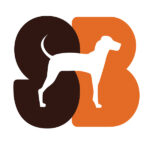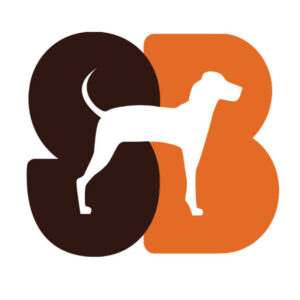
Mobile health app research
Project for:
WeWa.life
This project was to research how potential users viewed the mobile health app design concepts so it could win additional startup funding.
Ultimately, our research recommendations led to the app winning a health innovation award.

Expertise
Our client came to use for our expertise in qualitative user research. We conducted user interviews, synthesized the results and presented our recommendations.

Client
WeWa.life is a health and wellness platform designed to address under-served individuals and virtual health community needs.

Timeline
We conducted our research over a short 6 weeks in order for the app to quickly iterate in time for an upcoming design competition.
Challenge
What issues should be fixed before development?
The client had an upcoming design competition ahead that could result in additional funding for the startup. Because design flaws are 100 times more costly to fix during development, they needed to identify any issues with the high fidelity prototype before their development team moved forward.
Solution
Identify design flaws in the mobile health app
We conducted usability testing of the prototype with target audience members to gauge comprehension, overall usability, and to provide feedback on the interface, features, and functionality.
Standard Beagle worked with the client to develop a usability testing plan that would answer the client’s key objectives:
- Send out a screener survey to identify participants within target audience
- Usability test 5-8 users from each category
- Ensure that application direction was valid
- Analyze the research and present the findings to the client

Impact
The startup won an award for its work in the AHQR digital health challenge

Better user experience
Overall, the research study provided a wealth of information. Participants found the application to be useful, user-friendly, and valuable. However, users expressed the need to have more visual cues such as subheadings and brighter call to action buttons.
The AHQR Digital Solutions to Support Care Transitions Challenge honored WeWa.life with First Runner Up as a result of both the caliber and research value of the submission.
The founder thanked Standard Beagle for our work in understanding use cases for the app.
Free Download
How UX improves the patient experience
Download our free guide in PDF format to see how UX can help your healthcare organization or medical tech product.





